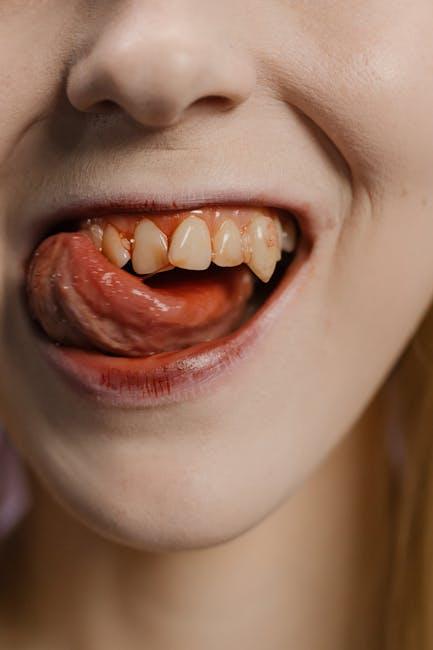
Does Medicaid Cover Dental? Orthodontics, Common Procedures & State Coverage
If you’re wondering, Does Medicaid cover dental? the answer is — it depends. Medicaid dental coverage varies widely across states and often depends on age, the type of procedure, and medical necessity. Understanding how Medicaid dental benefits work, which orthodontic services are included, and where coverage differs can help you get the dental care you need without extra costs.
Understanding Medicaid Dental Coverage: A Comprehensive Overview
Medicaid is a state and federally-funded program designed to help low-income individuals and families access healthcare services, including dental care. However, unlike other major health services, Medicaid’s dental benefits are not standardized nationwide, and coverage is often nuanced depending on various factors.
Who Is Eligible for Medicaid Dental Benefits?
- Children under 21: The Early and Periodic Screening, Diagnostic, and Treatment (EPSDT) benefit guarantees dental coverage for kids enrolled in Medicaid.
- Adults 21 and over: Dental coverage for adults is optional, and states have the discretion to offer limited or comprehensive dental services.
Medicaid Dental Coverage for Children
All states are federally mandated to provide dental services for children enrolled in Medicaid under EPSDT, which typically includes:
- Routine check-ups and cleanings
- X-rays and diagnostic exams
- Fillings and crowns
- Tooth extractions
- Preventative treatments such as fluoride and sealants
Medicaid Dental Coverage for Adults
Unlike pediatric coverage, adult dental benefits vary widely. Some states provide comprehensive dental care, while others offer emergency dental services or no benefits at all. Typical adult covered procedures can include:
- Emergency extractions
- Limited root canals
- Partial dentures
- Diagnostic and preventative services (in some states)
Does Medicaid Cover Orthodontics?
Orthodontics, such as braces and other tooth alignment treatments, are often viewed as cosmetic and are not commonly covered by Medicaid. However, coverage varies across states and circumstances:
When Does Medicaid Cover Orthodontics?
- Medically necessary cases: If orthodontic treatment is required to correct severe conditions such as cleft palate, jaw abnormalities, or other functional impairments, Medicaid may cover it.
- State-specific policies: A handful of states include orthodontic benefits for children under 21, often with strict guidelines and prior authorization requirements.
States Known for Orthodontic Coverage in Medicaid
Some states more frequently cover orthodontic treatment for eligible Medicaid enrollees. Here’s a quick overview:
| State | Medicaid Orthodontics Coverage | Notes |
|---|---|---|
| California | Yes | Covered when medically necessary for minors |
| New York | Yes | Orthodontics available to children with qualifying conditions |
| Texas | No | Orthodontics generally not covered |
| Florida | Limited | Coverage limited to severe cases |
| Illinois | Yes | Orthodontic treatments for eligible children |
Common Dental Procedures Covered by Medicaid
It’s essential to know which dental procedures Medicaid covers so you can plan your care effectively. Below is a categorized list of common dental services many state Medicaid programs cover:
Preventive Care
- Routine cleanings
- Dental exams
- Fluoride treatments
- Sealants for children
Diagnostic Services
- X-rays
- Oral evaluations
Restorative Procedures
- Fillings
- Crowns
- Root canals (limited)
- Extractions
- Dentures and bridges (varies per state)
Emergency Dental Services
- Tooth extraction
- Relief of pain and infections
State-by-State Variation in Medicaid Dental Coverage
Because dental care isn’t uniformly covered for adults under Medicaid, the type and amount of dental benefits can differ significantly between states. Some states offer comprehensive adult dental coverage, while others only cover emergencies or do not offer dental coverage at all.
| State | Adult Dental Coverage | Coverage Details |
|---|---|---|
| California | Comprehensive | Routine & emergency dental care covered for adults |
| Texas | Emergency Only | Only emergency dental services for adults |
| New York | Comprehensive | Extensive adult dental benefits |
| Florida | Emergency Only | Focus on extractions and pain relief |
| Ohio | Limited | Diagnostic and some restorative services included |
Benefits and Practical Tips to Maximize Your Medicaid Dental Coverage
Getting the most out of Medicaid dental coverage requires awareness and a little planning. Here are some practical tips:
- Check your state-specific Medicaid dental benefits: Contact your state’s Medicaid office or visit their website for the most current coverage details.
- Use in-network providers: Medicaid works with approved dental providers, so always check provider participation to avoid unexpected charges.
- Get prior authorizations for orthodontics: If you need braces, get a referral and prior authorization if required to increase chances of coverage.
- Schedule preventive care early and often: Routine cleanings and exams help avoid costly procedures that may not be covered.
- Know your rights: Children enrolled in Medicaid are entitled to dental care as part of EPSDT — don’t hesitate to request necessary treatments.
Real-Life Case Study: Medicaid Dental Coverage Success Story
Maria, a single mother living in Illinois, needed orthodontic treatment for her son diagnosed with a severe underbite causing speech difficulties. She reached out to their Medicaid provider and received approval for Medicaid-covered braces after submitting medical documentation. Today, her son is improving daily, benefiting from a service often considered inaccessible for low-income families.
Conclusion
Does Medicaid cover dental? — The answer largely depends on who you are, where you live, and the treatment you need. Children under 21 enjoy guaranteed dental coverage, including many orthodontic services when medically necessary, under federal law. Adult dental benefits vary extensively across states, ranging from comprehensive services to emergency-only care.
Understanding your state’s Medicaid dental coverage, knowing when and how orthodontics may be covered, and leveraging available resources can help you maintain good oral health without breaking the bank. For the most accurate and personalized information, contact your state Medicaid office and speak directly to dental providers who accept Medicaid.
Remember, good dental care is not just about a bright smile — it’s an essential component of your overall health.


